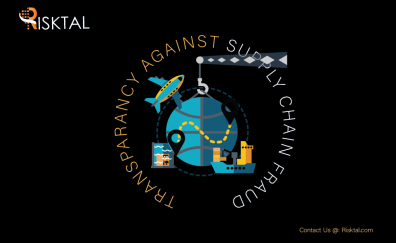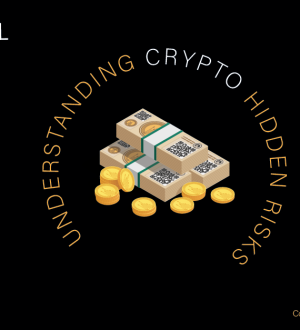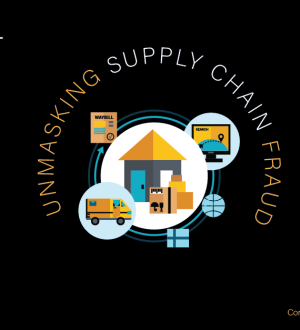
Supply Chain Fraud: Why Transparency is Your Best Defense
Supply chains are the lifeblood of any business, but they are also a prime target for fraudulent activities. In a world where companies depend on complex networks of suppliers, manufacturers, and distributors, the risk of fraud increases exponentially. A lack of transparency and accountability at any stage can result in significant losses.
Here are the most pressing forms of supply chain fraud and how businesses can build resilience against them:
1. Misrepresentation of Products
One of the most dangerous types of supply chain fraud involves the deliberate misrepresentation of products. Whether it’s substituting materials or delivering lower-quality goods than promised, fraudsters can cause immense damage to your business. In sectors like healthcare, aerospace, or food production, such deception can even result in life-threatening consequences.
2. Bribery and Corruption
Corruption within the supply chain is another critical issue. Bribes offered to government officials or key decision-makers within a business can lead to unethical contracts, manipulation of bidding processes, and distorted supplier selection. Such practices not only waste resources but can also expose companies to legal liabilities under anti-bribery laws.
3. Fraudulent Shipping and Logistics Costs
Manipulating shipping documents or inflating logistics costs is a common fraud tactic that often flies under the radar. Vendors may charge for services never rendered, or inflate freight costs, padding their profits while cutting into your bottom line. Without proper verification, these small financial discrepancies can add up over time.
4. Vendor Collusion and Kickbacks
Collusion between internal employees and external vendors is a common form of supply chain fraud. This can involve kickbacks in exchange for approving inflated invoices, or awarding contracts without proper bidding. Such fraudulent schemes can erode trust in your organization and lead to massive financial losses if left unchecked.
Strengthening Your Supply Chain Against Fraud
- Enhance Supply Chain Visibility: Adopting digital tools like blockchain or enterprise resource planning (ERP) systems can create a transparent ledger for every stage of the supply chain, allowing you to track products and payments in real-time.
- Third-Party Risk Management: Regular assessments of third-party vendors and suppliers ensure compliance with contractual terms and highlight any red flags before they become major issues.
- Cross-Departmental Collaboration: Fraud often thrives in silos. Encouraging collaboration between procurement, finance, and compliance departments can create a holistic approach to identifying and combating supply chain fraud.
By fostering transparency and collaboration, organizations can build a more resilient supply chain, one that not only minimizes fraud risk but also enhances efficiency and trust throughout the network. The message is clear: supply chain fraud is not just a cost of doing business—it’s a risk that must be actively managed and mitigated.






